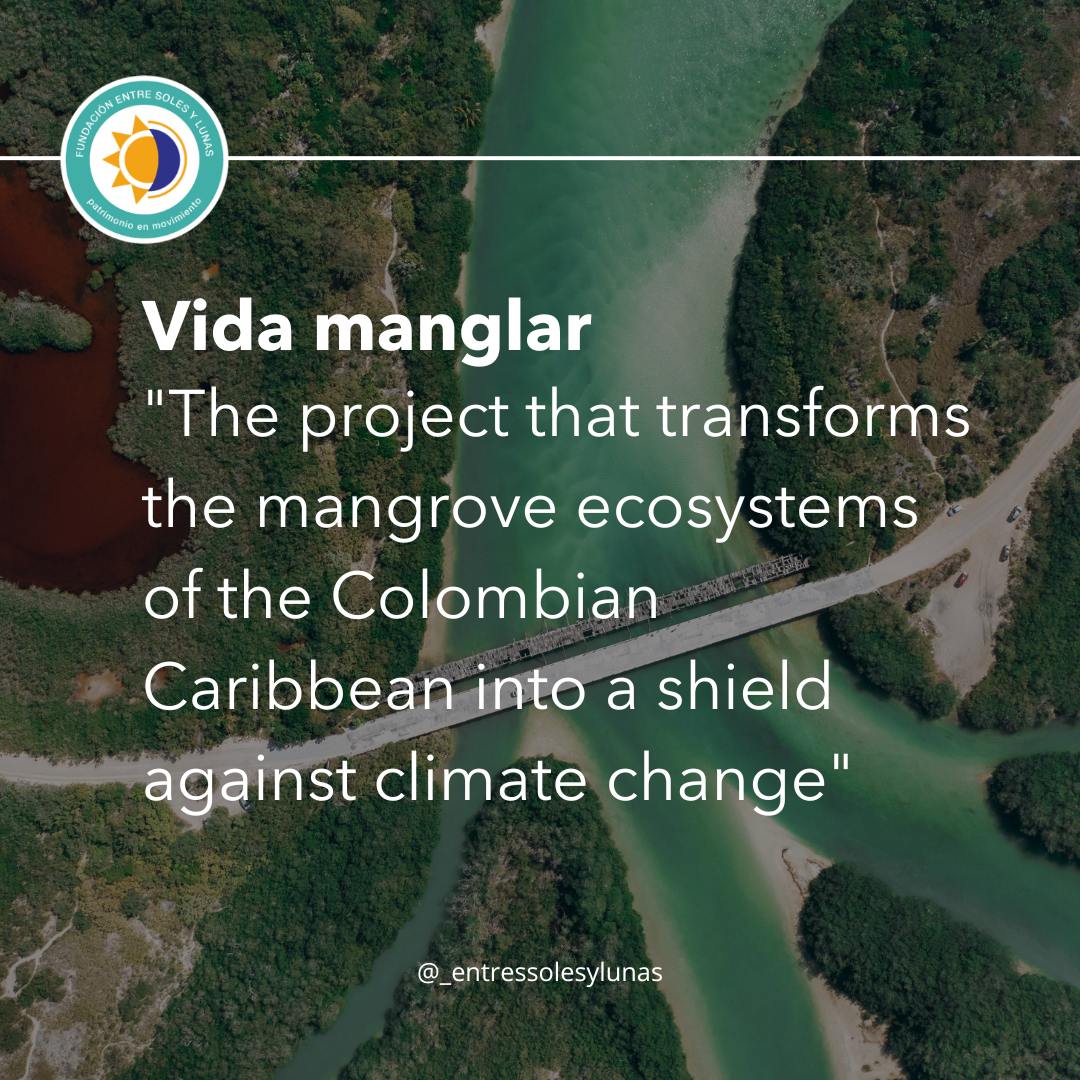By Cristina Rivas / Translated by Adriana Serrano
The “Vida Manglar” program has established itself as a pioneering initiative in the conservation of coastal wetlands in the Colombian Caribbean, with the goal of mitigating climate change and strengthening the sustainable development of local communities.
This strategy seeks to prevent the emission of approximately 939,296 tons of carbon dioxide over the next 30 years, preserving more than 9,000 hectares of the Gulf of Morrosquillo. To this purpose, restoration efforts have been implemented, reduction of negative impacts of human activities, and promotion of sustainable economic alternatives for the area’s inhabitants.
Mangrove ecosystems are notable for their ability to capture and store carbon more efficiently than other terrestrial ecosystems. However, its degradation due to human intervention and extreme climate events can release large quantities of greenhouse gases, accelerating global warming.
The community has been key to the success of “Vida Manglar”. In Cispatá, residents have adopted a sustainable vision, considering these forests as their “life enterprise” and collaborating with scientists and organizations to monitor and protect them.
Furthermore, international initiatives such as NOAA’s Blue Carbon Inventory Project are supporting various countries in the integration of coastal wetlands data into national greenhouse gas inventories. These actions reinforce the role of blue carbon ecosystems in fighting against climate change, promoting their responsible management and strengthening the resilience of coastal communities.
“Vida Manglar” is consolidating as an innovative conservation model that merges science with social commitment, offering hope for the preservation of these strategic ecosystems in Colombia and the world.
Sources:
https://es.mongabay.com/2025/02/vida-manglar-carbono-azul-salvar-manglares-caribe-colombiano/
https://cpo.noaa.gov/wp-content/uploads/2023/09/NOAA_BCIproject_BriefingSheet_2023_Spanol_07_13.pdf


Leave a Reply